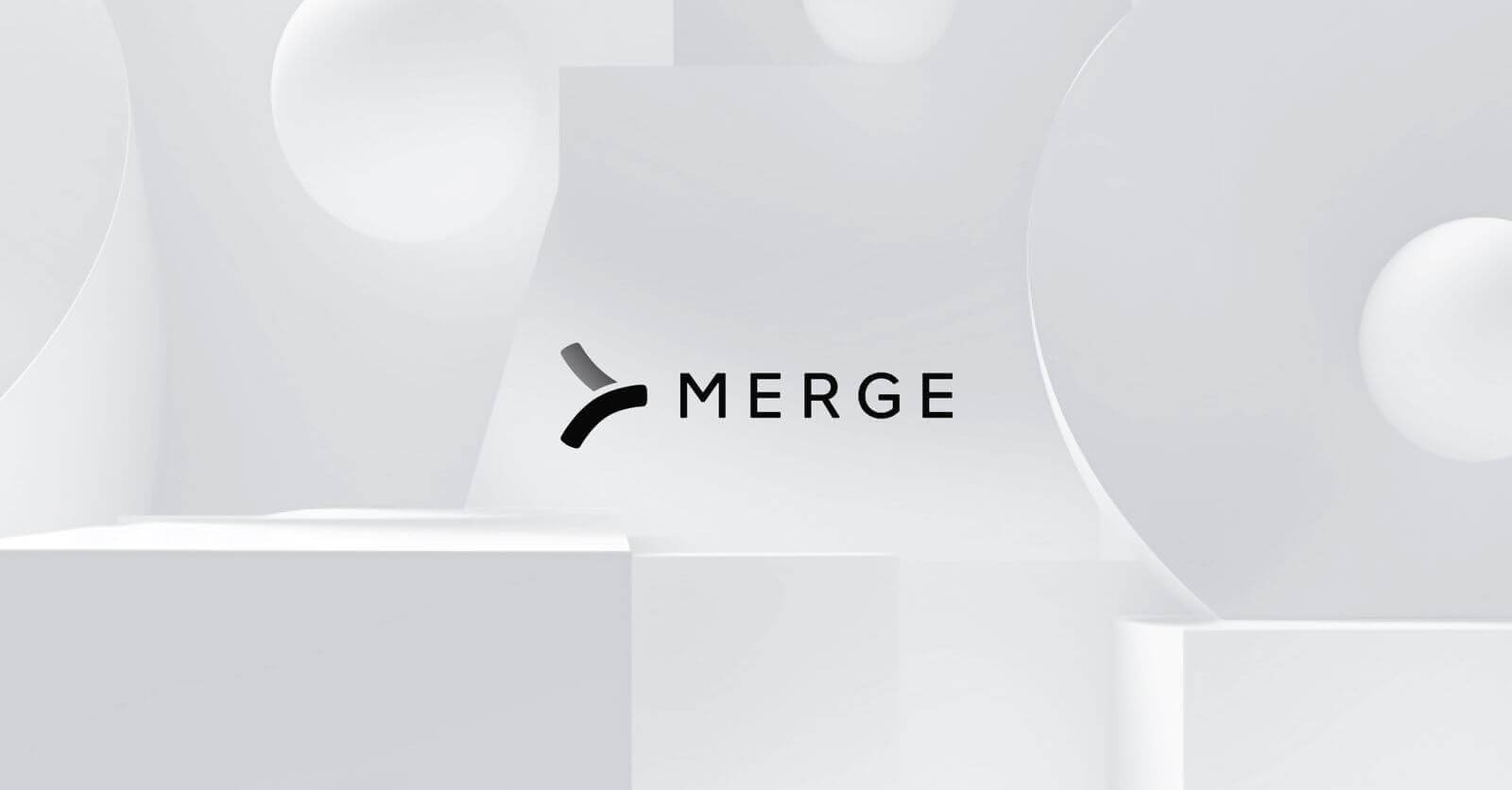What is HR integration? Here's what you need to know

When we surveyed hundreds of product managers and engineers as part of our 2024 State of Product Integrations report, we learned that nearly 2 in 5 organizations have already integrated their product with 3rd-party HRIS applications.
Customer-facing HR integrations are popular for a number of reasons. We’ll break down these reasons as well as showcase several impactful use cases to help you leverage HR integrations effectively. And, in case you’re interested in integrating your HRIS with the other applications your organization uses, we’ll also cover a few impactful internal use cases.
Definition of HR integration
It’s the process of connecting one of your HR applications, typically your HRIS, with either internal applications or the 3rd-party applications your clients use. Once connected, data can move freely between the applications, allowing these apps to easily stay in sync over time.
Note: HR integration can be used interchangeably with HR system integration and HR software integration. For the purposes of avoiding confusion, we'll only use the first term.
Examples of HR integration
We’ll start by breaking down a few impactful customer-facing integrations (the first 3 examples) and then go on to share internal use cases (the last 2 examples).
Streamline gift-giving workflows
Say you offer a platform that allows clients to send gifts to employees—think Sendoso, Snappy, and the like.
To ensure that clients are able to use your platform to deliver the right set of gifts to the right individuals on time and with ease, you can integrate your product with clients’ HR applications and (based on the gift-giving events your clients care about) sync specific employee fields (e.g. employees’ birthdays). From there, you can build in-product automations that deliver employees gifts for specific milestone events.
Related: How Snappy automated gift-giving through Merge’s Unified API
Automate user provisioning
Your customers likely can’t afford to onboard and offboard users in your product manually. Doing so is not only time-intensive and tedious but can also lead to costly human errors. For instance, a client might forget to remove a former employee from your application.
To ensure that all the relevant users are added and removed on time, you can integrate your product with clients’ HRIS applications and allow clients to automate their provisioning processes.
In other words, if a client adds an employee to their HRIS, that employee can be automatically added as a user in your product. Specific fields can also be synced over from the HRIS, ensuring that they have the appropriate set of permissions in your application (whether that’s based on region, job title, department, etc.). Similarly, if an employee is marked as terminated in the client’s HRIS, they’re automatically removed as a user in your product.
Moreover, as your clients’ employees’ roles change, the changes can be reflected in your product—and their permissions in your application can be modified accordingly. For example, if an employee moves from a director to a VP-level title, they can be given additional permissions in your product.
Assign employee trainings on time
Now, imagine you offer a learning management system (LMS) that assigns employees required trainings. This includes any that help employees become comfortable with their employers’ product as well as those required for complying with state and federal laws (e.g. harassment training).
To help clients assign the appropriate trainings to employees on time, you can integrate your product with clients’ HRIS systems and—similar to the previous example—sync employees along with specific employee fields (e.g. start date).
You can then automatically assign employees a given training(s) in your product once a certain event takes place. For example, as soon as a client’s employee gets added to your application and has just started working at the client’s company, they’re assigned a product 101 training and a sexual harassment course.
Add newly-hired employees to your HRIS automatically
As soon as a candidate signs their offer letter, they’ll need to be added to your HRIS as soon as possible to kickstart various pre-boarding tasks (e.g. ordering and shipping a laptop)
To help facilitate this, you can connect your HRIS with your ATS and build an automation where once a candidate is marked as hired in the ATS, they’re automatically added as an employee in the HRIS. You can also sync a variety of fields, such as the new hire’s full name, job title, address, department, etc. so that their profile in your HRIS is comprehensive from the very beginning.
Offboard employees comprehensively
As soon as an employee leaves, you’ll need to make sure that they can’t access any of their equipment and applications. Failing to do so opens you up to all kinds of risks that can hurt your business, both in the short and long-term.
To effectively and efficiently offboard every departing employee, you can connect your HRIS with your identity and access management application (IAM application).You can then build an automation where once an employee is officially no longer at your company, they’re instantly removed from their systems via the IAM application.
Related: Examples of ATS integration
Benefits of HR integration
Here are some of the benefits of implementing internal and 3rd-party integrations with HR applications:
Improves product adoption
Since user provisioning can be automated, your clients are likely to add more users to your product over time. And since product integrations also automate key workflows in your application, your clients are more likely to adopt and use your product. Taken together, it’s clear that customer retention will steadily increase—along with upsell opportunities.
Increases your close rate
By offering the integrations your prospects want, you’re, all else equal, more likely to win them over. Our State of Product Integrations shows just how pervasive this benefit is: Nearly two thirds of companies cite improved close rates as a benefit of offering product integrations.
Enables you to expand to new markets
Whether you’re looking to move upmarket or into new regions, you’ll likely find that your target market(s) uses a different set of applications for a given software category. For instance, a small company might use Gusto as their HRIS, a mid-size company might use Namely, and an enterprise company might use Workday.
Offering integrations with the applications your target market(s) cares about should, therefore, help you gain traction within that market more easily.
Prevents human errors
By allowing employees to avoid data entry, you’re enabling them to avoid costly mistakes—whether that’s adding the wrong salary in an offer letter, marking the wrong employee as terminated, inputting the wrong job title for an employee, etc.
Improves the employee experience
HR integrations not only save employees from routinely keying in data but also allows them to avoid hopping between applications to find information (which, according to extensive research, is a huge productivity drain). Employees can use their time savings to focus on the projects they enjoy and that drive value for the business, making the outcome a clear win-win.
HR integration tools
Once you’re set on implementing HR integrations, you'll need to decide how to build them.
While you can always choose to build and maintain the integrations in-house (i.e. build the integrations natively), this approach requires significant resource investment from your engineers. Integration-related work is also likely not what your engineers want or are uniquely suited to work on.
With that in mind, let’s review a few 3rd-party integration tools for internal and customer-facing use cases.
HR integration tools for internal use cases
You’ll likely decide between an integration platform as a service (iPaaS) and robotic process automation (RPA) software.
The former allows you to integrate cloud applications and on-prem systems via their APIs, which ensures that the integrations are reliable and high-performing. The platform also provides pre-built connectors and automation templates to help streamline integration and automation development. That said, the platform often can’t connect to systems that don’t offer APIs; moreover, the platform forces you to build one integration at a time, which can prove difficult to scale.
RPA software uses scripts (i.e. “bots”) to sync data at the UI-level. This allows you to connect to systems regardless of whether they provide APIs. However, the integrations themselves are somewhat fragile. A simple change in an application’s UI, for example, can be all it takes to break an integration.
HR integration tools for customer-facing use cases
Like the previous section, you’ll likely decide between two sets of software: an embedded iPaaS and a unified API solution.
An embedded iPaaS, which is simply an iPaaS that an organization can embed into their product (through various approaches), helps accelerate integration development. However, since the platform only lets you build one integration at a time and requires technical expertise to use, its users struggle to integrate quickly and at scale.
A unified API solution neatly addresses the drawbacks of embedded iPaaS. Using the former, you can build to a single API to unlock a whole category of integrations, such as HRIS or ATS.
Also, through Merge, the leading product integration platform, you’ll access a suite of Integrations Management features that allow your customer-facing team to manage integrations independently and with ease. And you'll receive integration maintenance support from our team of partner engineers—all but ensuring that you’re able to offer reliable and high-performing integrations.
You can learn more about Merge by scheduling a demo with one of our integration experts.




.svg)



